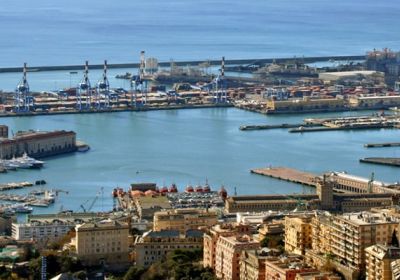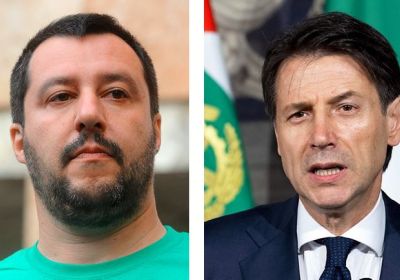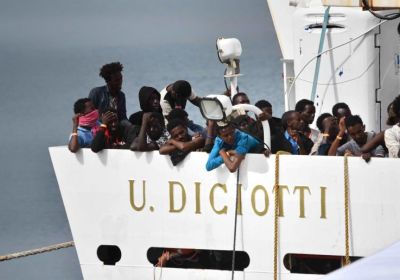
Italian dock workers are refusing to load electricity generators onto a notorious Saudi cargo ship suspected of carrying arms to be used in the war in Yemen, reports Middle East Monitor.

Italian dock workers are refusing to load electricity generators onto a notorious Saudi cargo ship suspected of carrying arms to be used in the war in Yemen, reports Middle East Monitor.

The past few months in Italian politics have been intense: The rise of Las Sardinas (the Sardines movement), the crisis in the Five Star Movement (M5S) and the regional elections held on January 26 all indicate the political balance could be changing. Matteo Salvini’s far-right Lega (League) lost the election in Emilia-Romagna (a key region in northern Italy) and national polls now indicate a slightly lower approval rating for the party, writes Daniele Fulvi.

A new movement against the racist ideology of right-wing Matteo Salvini’s Lega (League) has been mobilising in its tens of thousands across Italy. But Daniele Fulvi questions whether the new "sardines" movement has what it takes to defeat Salvini's racist, nationalist agenda.

Italian Prime Minister Giuseppe Conte announced his resignation on August 20, effectively ending the coalition government of Matteo Salvini’s right-wing Lega (League) and the Five Star Movement (M5S), which has been in power for 14 months, writes Daniele Fulvi.

Italy's far right Lega, led by deputy prime minister Matteo Salvini, made gains in the May 26 European elections. Salvini has now legitimised and adopted fascist slogans, including “God, Country, Family” — indulging and reviving alarming neo-fascist sentiments that are spreading across Europe, writes Daniele Fulvi.

Italian dock workers halted the loading of a deadly cargo of weapons bound for Saudi Arabia in Genoa on March 20 as they demanded Italy’s Interior Minister Matteo Salvini “open the ports to people and close them to arms”.

It has now become clearer than ever: the Italian government coalition operates at the behest of Deputy Prime Minister and Interior Minister, Matteo Salvini and his party’s racist and reactionary policies, writes Daniele Fulvi.

Italy is going through important and agitated days, writes Daniele Fulvi, with the government coalition issuing two crucial decrees concerning immigration and economy.